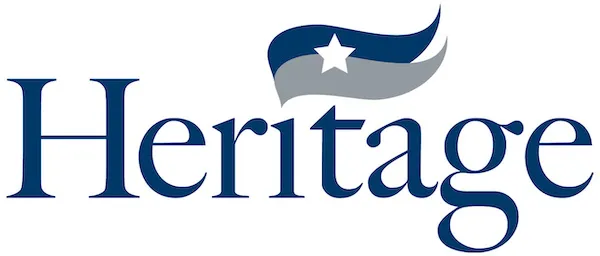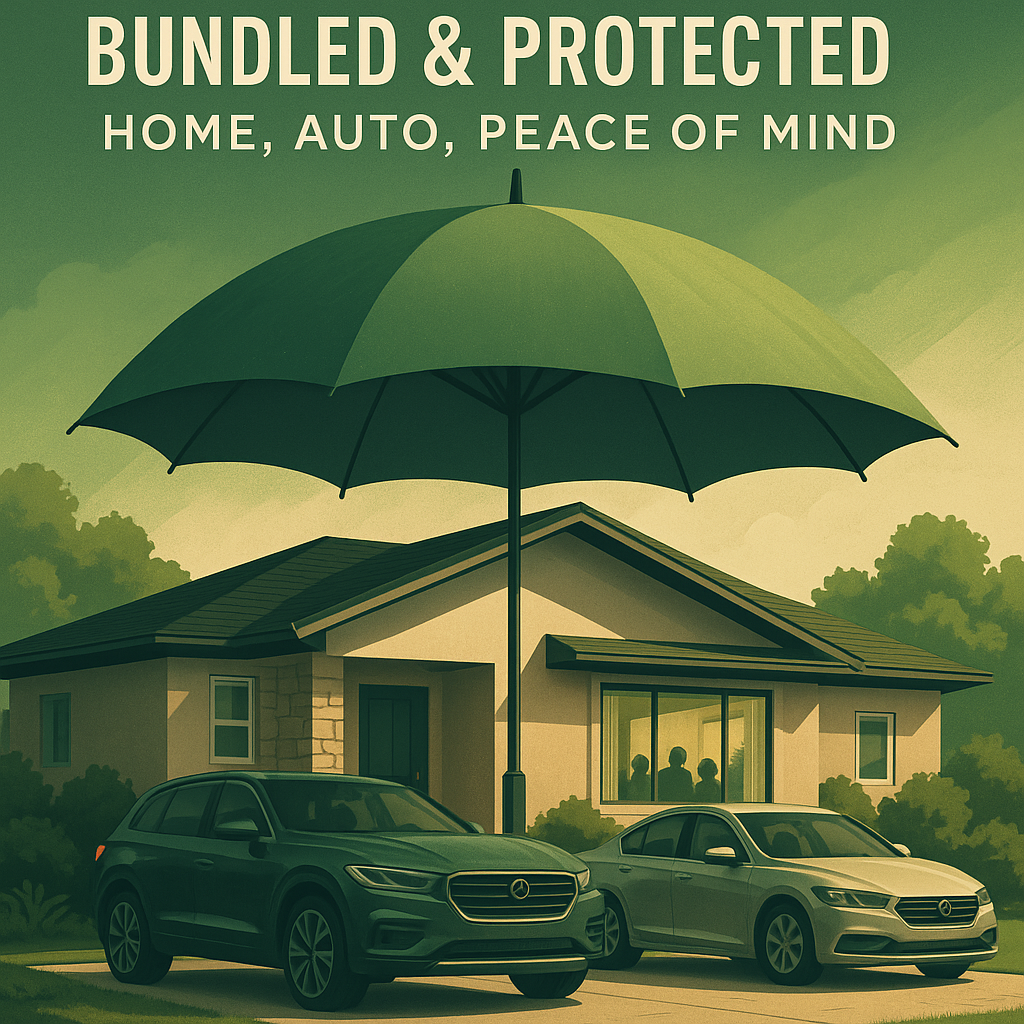When you own a home and a few vehicles, you’re already juggling a lot. Insurance shouldn’t feel like another ball in the air. That’s where bundling – combining your homeowners and auto policies under one carrier – comes in. Many families haven’t explored this option and leave real savings on the table. Let’s look at why bundling makes sense and how it benefits you beyond a smaller premium.
Table of Contents
The Power of Multi‑Policy Discounts
Insurance companies want your business. They know that if they insure all your major assets, you’re less likely to shop around each renewal. To keep you loyal, they offer multi‑policy discounts. Depending on your carrier, homeowners policies can be reduced by as much as 14.7 percent when you bundle with auto (credit mercuryinsurance.com). Some insurers sweeten the pot even more when you add an umbrella policy or insure a second home.
A multi‑policy discount isn’t just a line item on a bill. It can trim hundreds of dollars a year from your total insurance costs. High‑value homeowners stand to benefit the most because the premium on a half‑million‑dollar house or a luxury SUV isn’t trivial. A 10–20 percent discount means real money back in your pocket.
Convenience: One Contact, One Renewal
Besides saving money, bundling simplifies your life. Instead of managing separate renewal dates, separate invoices and separate customer service phone numbers, you have one contact for everything. Claims can be streamlined too. If a tree falls on your garage and crushes both your car and your home, you’re not stuck filing two separate claims with two adjusters. A single insurer can coordinate your payout and in some cases apply one deductible.
Ease of doing business matters to busy homeowners. A consolidated billing and service experience helps ensure nothing slips through the cracks. It also makes annual coverage reviews simpler – you can sit down with one agent and go over everything at once.
Reduced Risk of Coverage Gaps
Homeowners who keep their policies under different carriers sometimes discover painful gaps after a loss. For instance, one insurer’s auto policy might exclude rental car reimbursement while another’s homeowners policy might limit coverage for jewelry or electronics. Bundling encourages carriers to align policy language so coverages complement each other. Many carriers even eliminate duplicate fees, such as charging only one deductible if the same event damages your house and car.
A bundled package also makes it easier to add an umbrella policy that provides extra liability protection. Insurers may require underlying home and auto policies with certain minimum liability limits before issuing an umbrella. Bundling ensures those base policies line up with the umbrella’s requirements.
Real‑World Savings Example
Imagine the Browns: a couple in Scottsdale with a 3,500‑square‑foot house valued at $750,000, two late‑model SUVs and a teenage driver. Before they bundled, they paid separate premiums totaling $5,000 a year. After combining their home and auto policies and raising their liability limits to qualify for an umbrella, they shaved nearly 15 percent off their homeowners premium and got a slight reduction on their auto rates. Over five years, those savings added up to more than $4,000 – enough to fund a family vacation.
Beyond dollars, the Browns found peace of mind. When a monsoon storm damaged their roof and simultaneously sent debris through the windshield of a parked car, a single adjuster handled both claims and applied one deductible. Had their home and auto policies been with different companies, they might have paid two deductibles and navigated two separate claim processes.
Bundling Makes Umbrella Policies Easier
High‑net‑worth families often need an umbrella policy to protect against large lawsuits. Umbrella coverage kicks in after your home or auto liability limits are exhausted. Without it, you could be responsible for damages beyond your base policies’ limits.
Example: A serious car accident results in $1.5 million in damages; your auto policy covers $500,000, leaving you on the hook for $1 million. An umbrella with a $1 million limit would cover that gap.
Insurers generally require you to carry both home and auto coverage with them before issuing an umbrella. Bundling ensures you meet those requirements and may even qualify you for discounted umbrella premiums. The insurer has confidence that you’re carrying the necessary underlying coverage, and you enjoy streamlined billing and claims.
Better Eligibility & Loyalty Benefits
When you consolidate your policies, you often unlock loyalty perks. Some carriers waive certain surcharges after you hit a number of claim‑free years. Others offer accident forgiveness or diminishing deductibles. Bundling can help you qualify for these benefits sooner because your entire premium base is with one company.
Conversely, having separate insurers increases the risk that one carrier will non‑renew your policy after a claim or raise rates sharply. Bundled clients are more valuable and often receive better retention offers.
Conclusion
Bundling isn’t just a marketing gimmick. It can lead to meaningful savings, simpler administration and better protection. For homeowners with multiple vehicles and significant assets, it’s a straightforward way to make your insurance work harder for you. Schedule a coverage review with your agent to see how a bundled package could lower your costs and provide peace of mind.

